Karlštejn is a large Gothic castle that stands 19 miles southwest of Prague in the Czech Republic. Thanks to its spectacular appearance, towering on a hilltop above the market town of Karlštejn, and its history as a royal treasury, it is one of the most popular tourist destinations in the country, attracting some 200,000 visitors each year.
A Guide to Karlštejn Castle
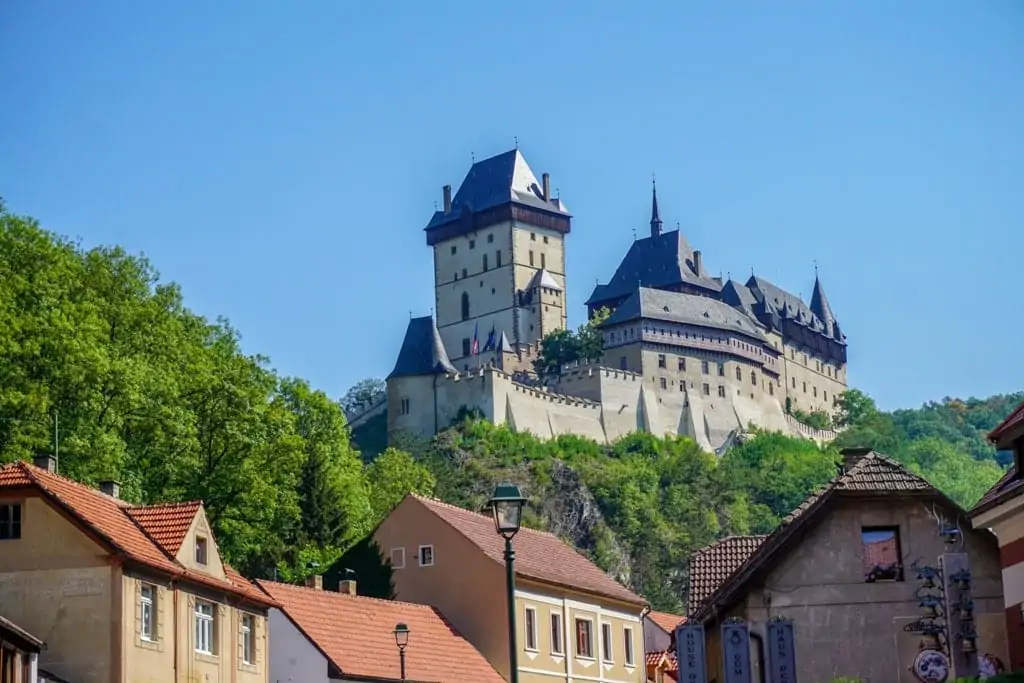
History of Karlštejn Castle
Karlštejn Castle was founded in 1348 by Charles IV, Holy Roman Emperor and King of Bohemia – notably, he also founded Prague’s New Town and Charles University in the same year. Although the builder is unknown, it appears that the later Burgrave of Karlštejn, Vitus of Bitov, oversaw construction efforts, while Charles himself directed the building of the castle and the decoration of the interior.
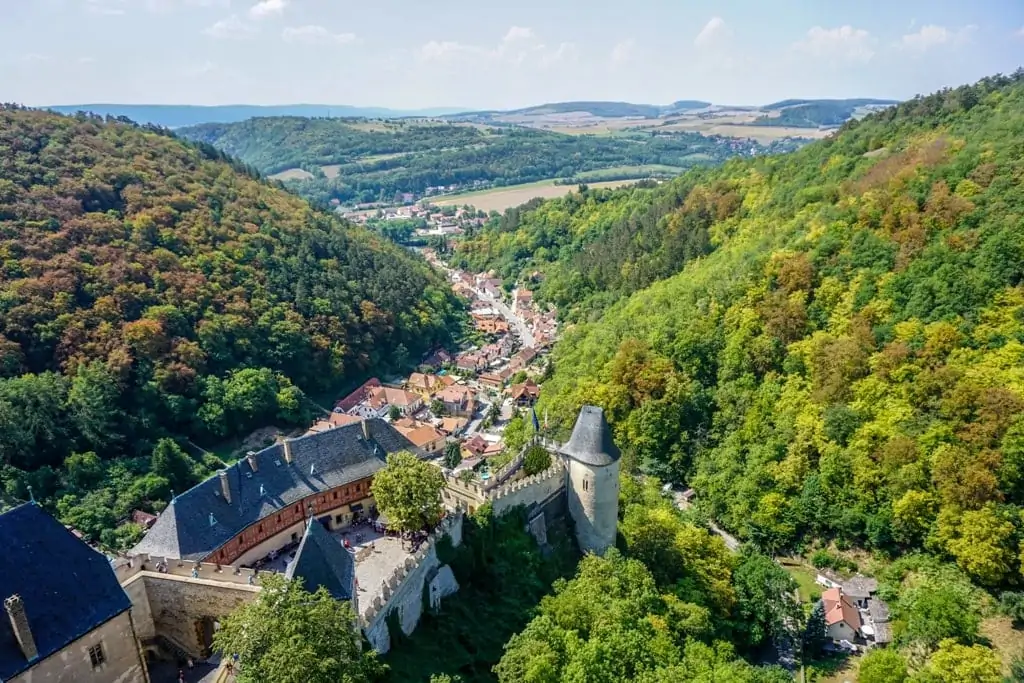
The castle was intended to function as a residence for Charles and his family, and as a fortress to safely hold the crown jewels as well as other royal treasures and holy relics. Construction was finally completed in 1365 when the chapel of the Holy Cross, in the castle’s Great Tower, was consecrated. The crown jewels were stored in the chapel until 1421, when the outbreak of the Hussite Wars saw the treasures moved to Nuremberg in Germany, for safekeeping.
This turned out to be a fortuitous move, as Karlštejn was besieged by the Hussites under Prince Sigismund Korybut in 1422. The besiegers used a form of biological warfare by catapulting dead bodies and animal dung over the walls, in an attempt to spread disease amongst the garrison. At the conclusion of the Hussite Wars in 1436, the crown jewels were once again brought back to Karlštejn Castle, where they remained until 1619.
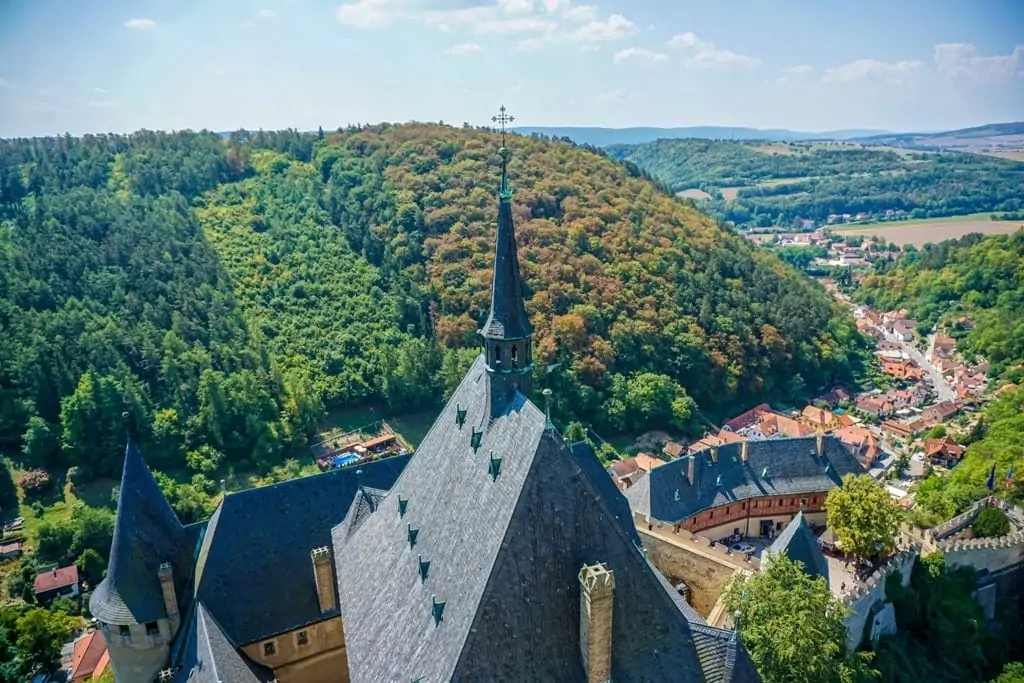
The castle underwent a series of modifications over the centuries. After 1480 it was reconstructed in late Gothic style, characterized by long vertical lines, pointed arches, ribbed vaults, and elaborate tracery. In 1487, the Great Tower had to be rebuilt after it was damaged by fire, and during the late 16th century Karlštejn was renovated according to the latest renaissance fashions.
The crown jewels remained at the castle until 1619 when they were moved to Prague as the Thirty Years War raged across Europe. In 1620 Karlštejn Castle passed into the possession of the Holy Roman Emperor Ferdinand II, although it soon fell into disrepair after it was taken by Swedish forces in 1648.
It was not until the late 19th century that the castle was once again restored, this time in neo-gothic style. Between 1887 and 1899, Bohemian architect Josef Mocker reconstructed Karlštejn, giving it the striking appearance it possesses to this day.
Things to see in Karlštejn Castle
Karlštejn Castle was built on a rocky promontory on the south side of a hill known as Kněží Hora, above the small town of Karlštejn. The castle entrance is approached from the west, where a square two-story gate tower complete with a drawbridge stands above a moat.
Beyond this, another gate with a drawbridge leads through to the Burgrave House courtyard, a compound surrounded by a wall with a rampart two meters wide, also containing a well tower.
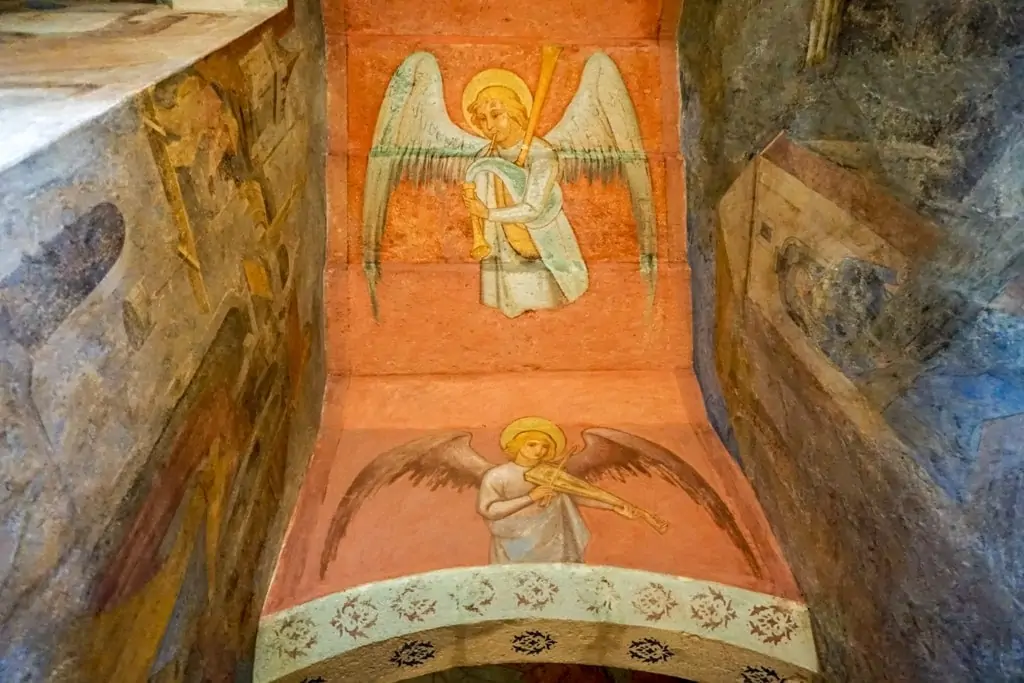
Miners were brought into dig the well, and despite digging to a depth of 70 meters, water was still not found – as a result a channel was dug to bring water from a local stream nearby. The existence of this underground channel was kept as a strict secret, as the defensive ability of the castle depended upon it. From here, a third gate leads through to the inner castle.
At the heart of Karlštejn are three structures on three different levels – each level is supported by a terrace. The lowest terrace contains the Imperial Palace, a building measuring 12.5 meters by 46 meters, featuring a semi-circular tower at its eastern end.

The ground floor of the palace is open to the courtyard, with an area of it sectioned off for use as granary storage. The first floor of the palace contains reception rooms, including the largest central room, the Knight Hall.
The second floor was used as a residential area by the emperor and was into four rooms. There is also a third floor just below the roof, which was used as a residence by the empress and her female courtiers.
Above the palace is the Marian Tower, while the Great Tower stands on the highest level. Standing 60 meters tall, with 4-7.5-meter-thick walls, the Great Tower is a formidable construction and the defensive heart of the castle. It was in the Chapel of the Holy Cross, contained within this tower, that the crown jewels were kept under lock and key, behind four strong doors.
How to get to Karlštejn Castle
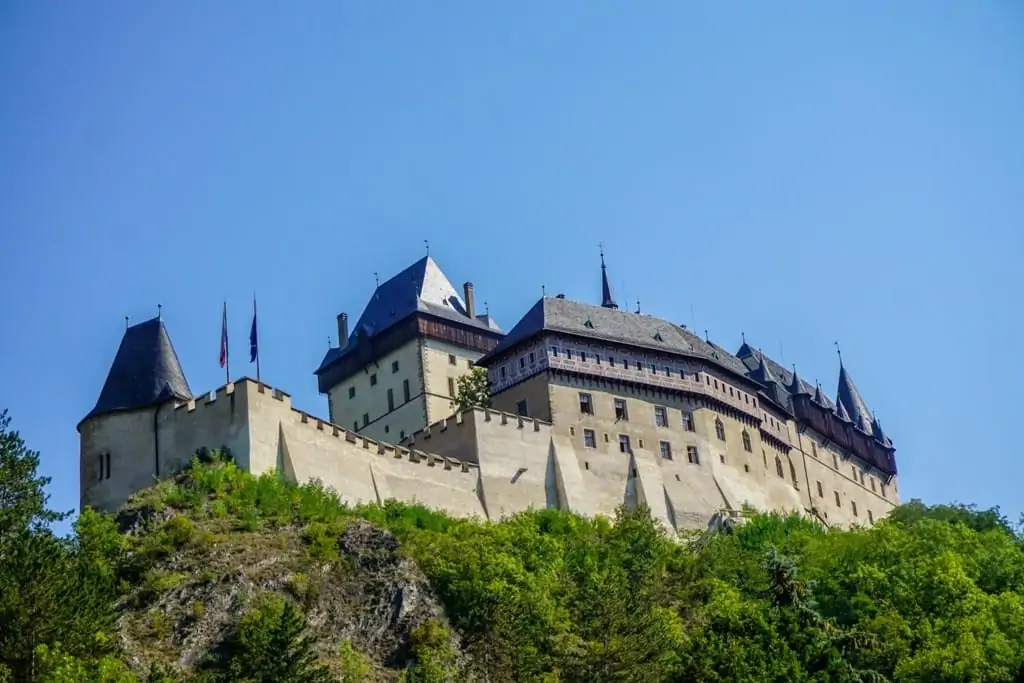
Nestled in the beautiful countryside southwest of Prague, Karlštejn can be reached by train or by car. Trains operate from Prague or from Beroun to Karlštejn every 30 minutes – from the station, visitors cross the Berounka River and turn right, then left after 50 meters, before following the main road up to the castle.
By car from Prague, drivers should take the D5 motorway, leaving at exit 10 and following signs to Karlštejn and the castle. The only car park in the town is below the castle. From the town, the castle is a 15-minute uphill walk away. You can also take a taxi or horse-drawn carriage up to the top of the hill.
Alternatively, you can book a guided tour from Prague. Click here for more information and to book the tour.
There are three types of tickets available to visitors, and each includes a guided tour – you can either view the upper floors of the Great Tower, the Great Tower, and the imperial palace, or the castle’s chapels. Prices start at 170 CZK for the basic tour, and concessions are available for different age groups and students.
